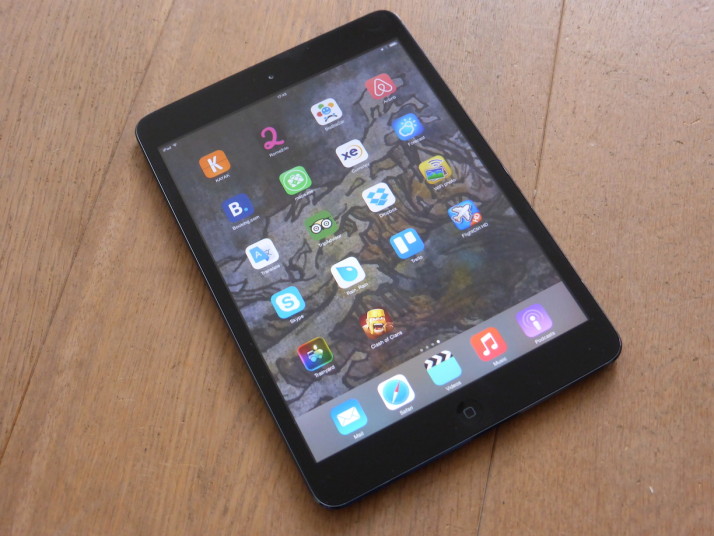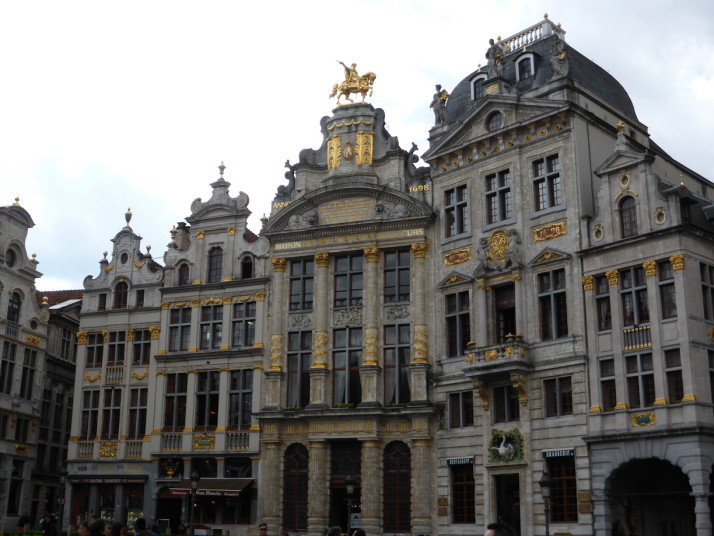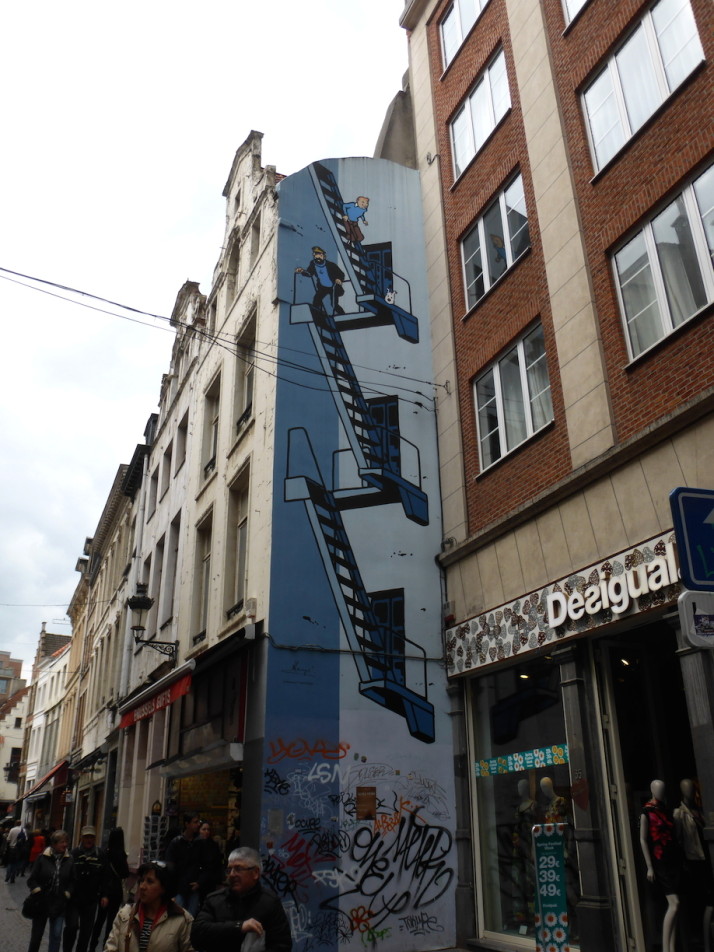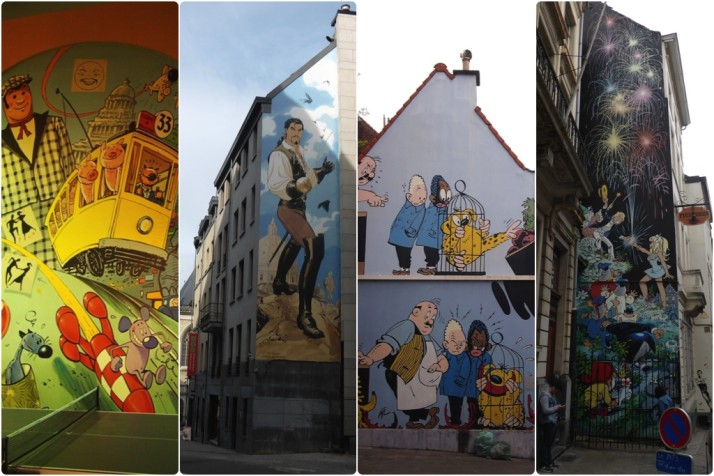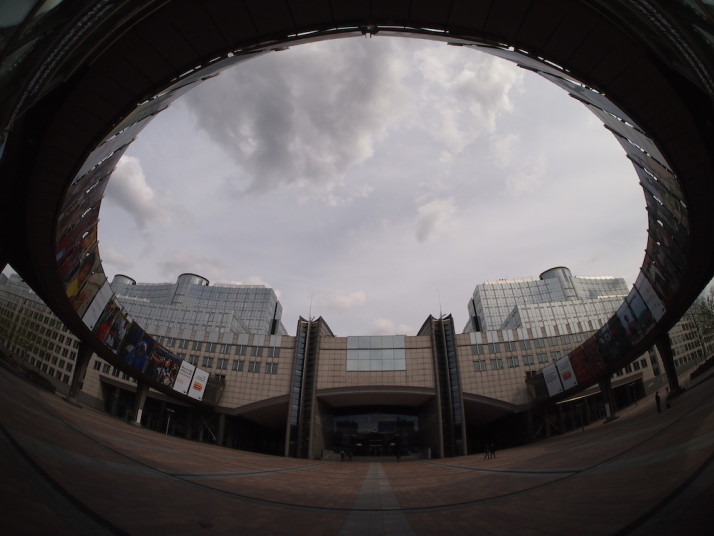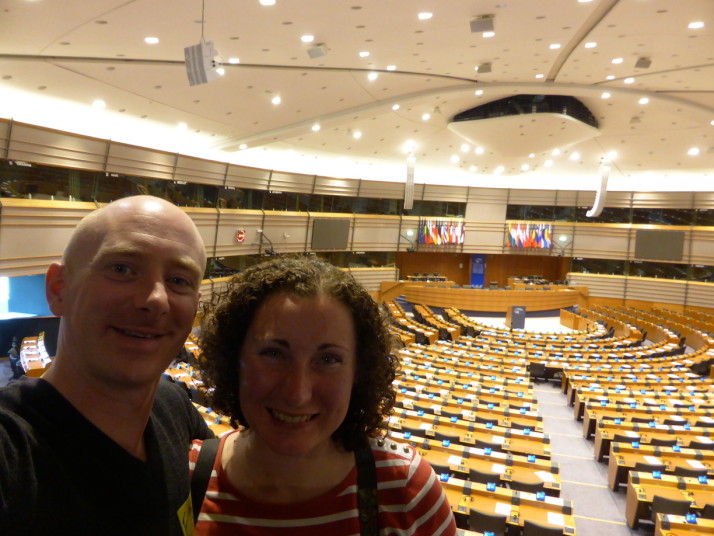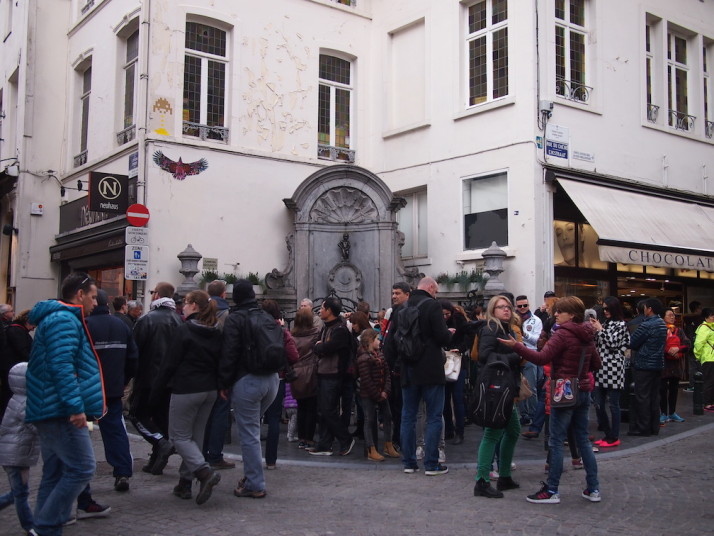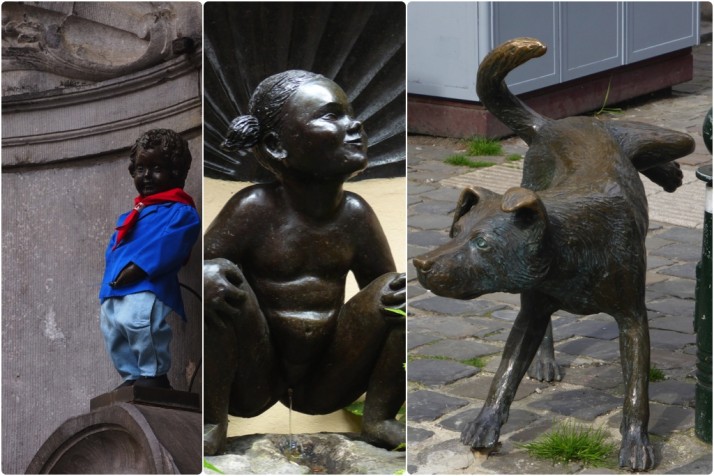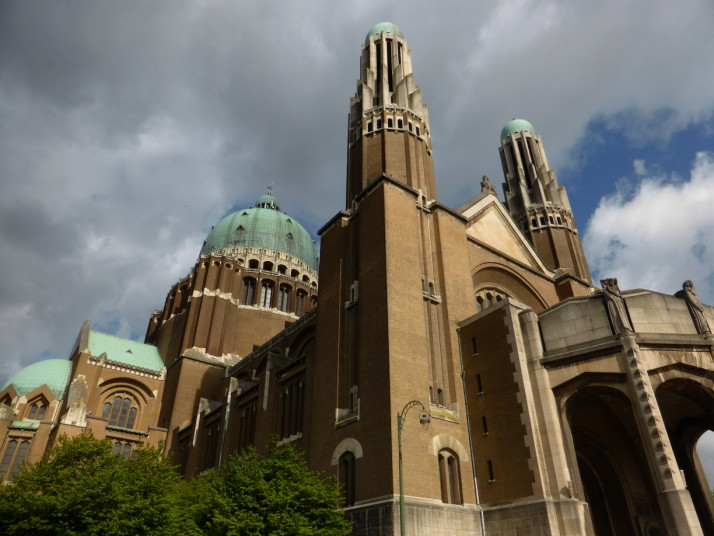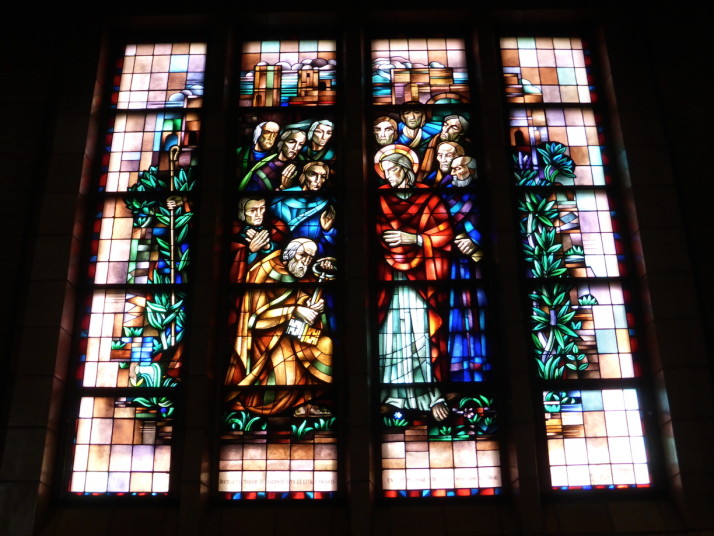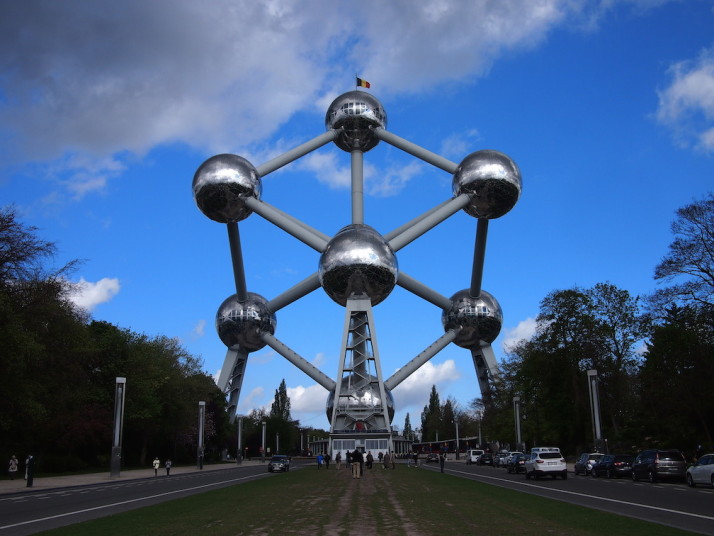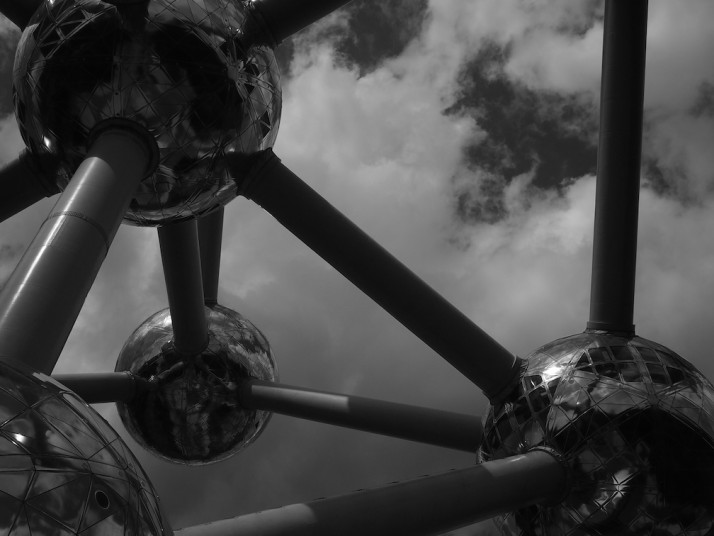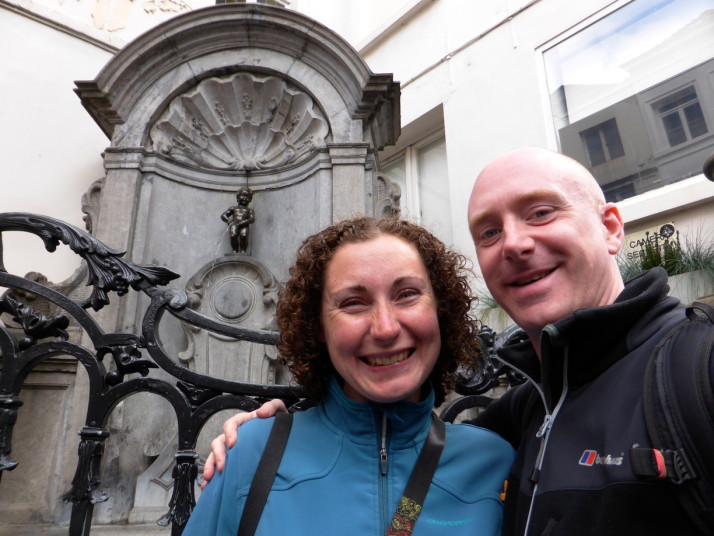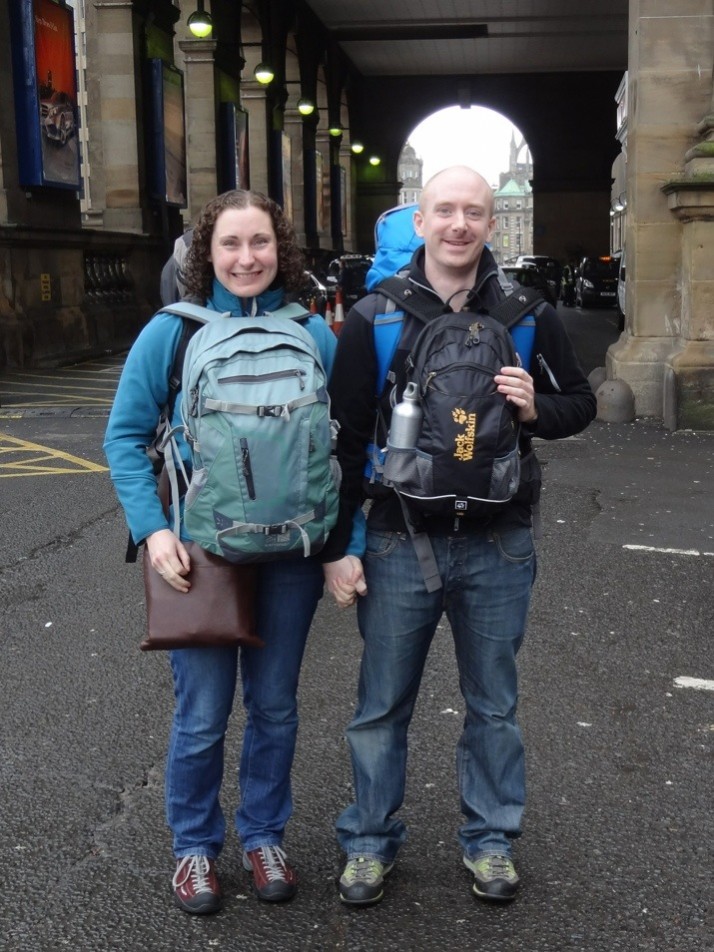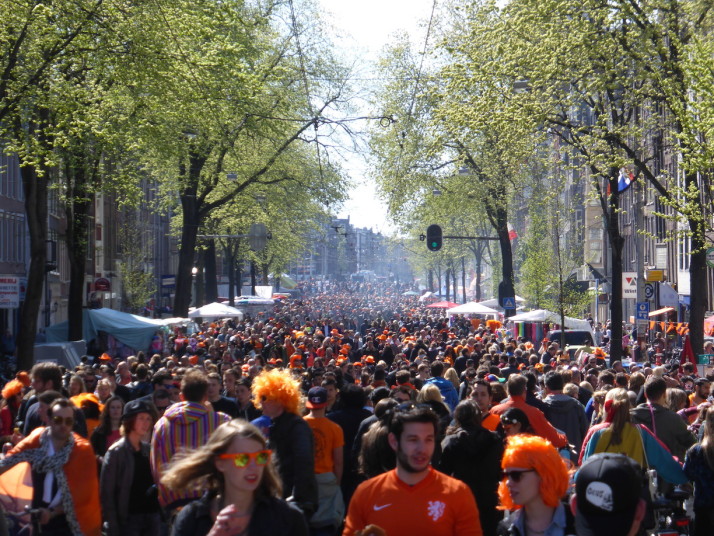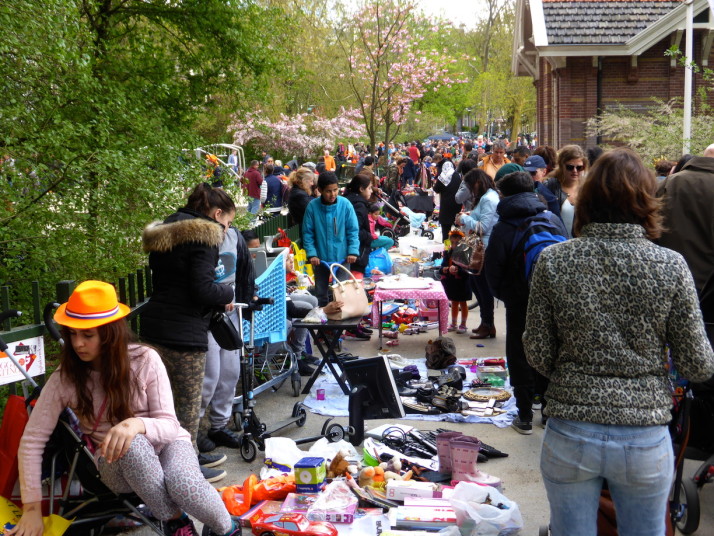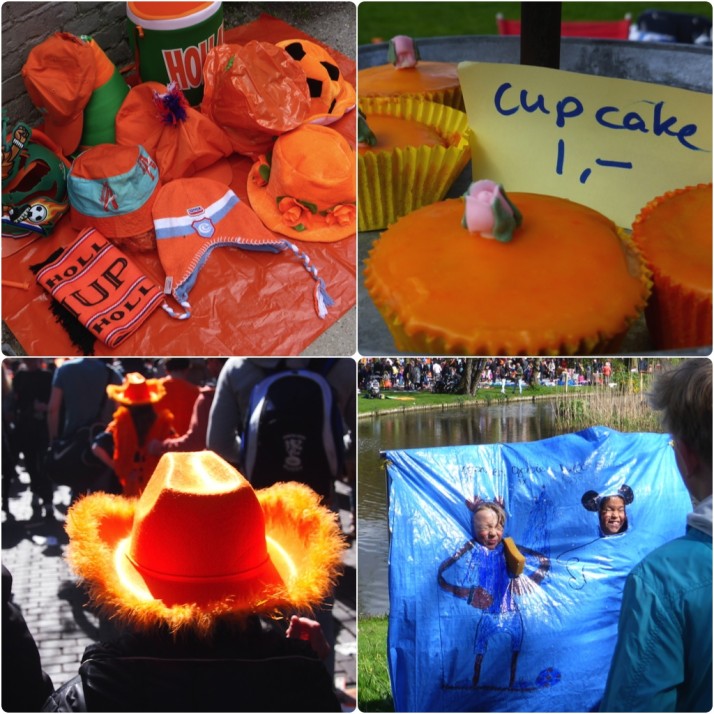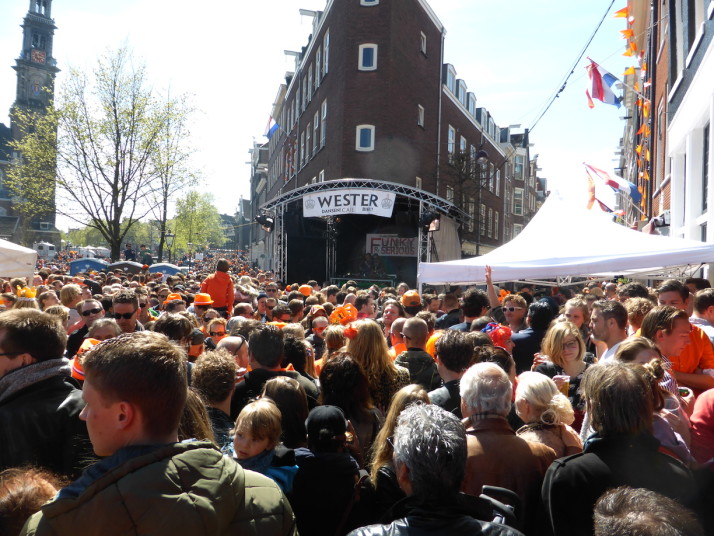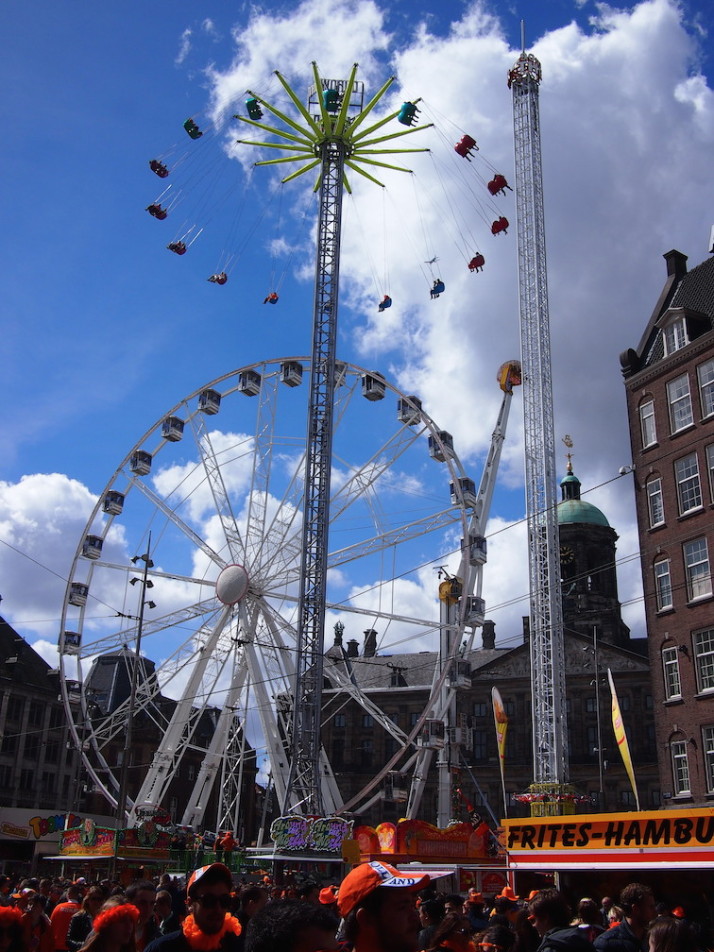We’ve met so many wonderful, friendly people on our travels. Some have become good friends who we’ve kept in touch with and even visited on our way home, and others like shopkeepers and market vendors we just got on really well with. As we got talking there were some common questions asked of us, especially when they enquired about how long our “holiday” was.. it usually went something like this:
Inquisitor: “Great, so how long are you here in [insert city / country]?”
Julie or I: “about a week/month.. we’re on a pretty long trip”
Inquisitor: “really? how long?”
Julie or I: “about two years”
Inquisitor: ![]()
Inquisitor: ..
Inquisitor: “Wow!”
Q: What’s your favourite country?
This is usually the first one and a really difficult question to answer because it’s so hard to choose! Our answer through Mongolia and most of China was Russia as our experiences were still fresh, but 19½ months and 25 countries later we now reply with “different countries for different reasons“..
- Russia is invariably the first country we’ll mention. It was so different to our expectations and the stereotypical western portrayal – the people are so warm and welcoming and everyone’s heard of the Trans Siberian Railway!
- Vietnam is Julie’s top choice for food – phở, prawn cakes and the best spring rolls in the world!
- Japan is Andrew’s top choice for food – the freshness and flavour of the sashimi and sushi is the best we’ve had, and we couldn’t pass through Kobe without stopping for Kobe beef!
- Mongolia for the overwhelming sense of space and nothingness. Gorgeous empty landscapes with no signs of human existence whatsoever meant we could experience the feeling of being completely alone in the world. It’s not really a destination for foodies though..
- Bangladesh is full of unabashedly curious and friendly people with amazing smiles who had nothing themselves, but did everything they could to make us feel welcome. We really loved capturing the life in the markets.
- Uzbekistan also makes our shortlist as it’s the best bits of Russia and Asia – the amazing hospitality and friendliness we experienced in Russia with the awesome architecture and history of the Silk Road. The weather was fantastic and we’ve already recommended it our friends Thom and Jess who loved it too!
Q: Which country did you like the least?
The first time we were asked this we really had to think hard about it, and even then we didn’t really come up with an answer – everywhere we’ve visited has had so many overwhelmingly positive traits that the odd negative things hardly register. As we found we were asked this question more frequently, we thought about it some more and came up with 2 for pretty much the same reason.. first was Singapore – we were only there for a week with the intention of recovering from the beautiful sensory overload that was Bangladesh, and we couldn’t have picked a more contrasting country to follow. Singapore was sterile, sensible, and spotless to our eyes. We enjoyed our time there, but it just doesn’t stack up against the other countries on our list for the kind of adventurous backpacking travel we love.
The second is on Andrew’s list for its initial impression having just arrived from Japan.. and it’s South Korea – this time the perfection of the Japanese, well, everything, had raised my expectations and South Korea was a little disappointing. But, it was a slow burner and the combination of Korean hospitality, history, culture and food won me over about a week or so into our month there. Would I go back? In a heartbeat!
Q: Which country surprised you the most?
As well as having our preconceived notions completely reset by Russia, the other surprising country was Japan – we expected it to be all skyscrapers and neon lights but that’s really just some districts of Tokyo – the country is so much greener than we were expecting. Like us, the Japanese love the outdoors so we did plenty of hiking followed by thermal onsen baths!
Q: How big are your bags / how much stuff are you carrying?
We read a lot of other travellers’ experience and advice about what to take and how much to take, and the oft-quoted wisdom that came up again and again was this:
“When preparing to travel, lay out all your clothes and all your money. Then take half the clothes and twice the money.” – Susan Heller, NYT
And it’s sage advice. We didn’t quite adhere to Heller’s suggestion, and between us we carried 2 big rucksacks (65ltr, 65-75ltr), 2 smaller day sacks (35ltr, 12ltr) and Julie had a small handbag. We wrote about the kit we set off with, and I also did a quick review after a year or so, but in hindsight we could have travelled lighter!
Q: How many countries have you travelled to?
The total number of countries we visited on this two year trip is 25. Of those, 19 countries where new to us, and it brings our individual totals to 39 for Julie and 40 for me. If you like numbers, we have a full post of them you might want to check out!
Q: Haven’t you killed each other yet?!
We’re both pretty easy going (“yeah, right!” – Julie), but being in each other’s pockets 24 hours a day, 7 days a week for two years meant we were bound to rub each other up the wrong way now and then. And they’ve been the things most couples usually argue about, like money; deciding between us which activities, museums and side trips we really wanted to do; how often we wanted to eat out; and just generally which countries to visit, which sights to see, and which routes to take through those countries. In hindsight we think we’ve disagreed very little during the trip and one of the main reasons for leaving our often more-than-full-time jobs to travel in the first place was so we could spend more time together :o)
Q: Which places that you’ve visited would you like to live in?
We like this question, and our friends half expected to receive a postcard from some far-flung place saying that we’d found paradise, bought a beach-house and if they wanted to see us again they’d have to jump on an aeroplane! It’s also a question we’d often ask ourselves of cities and countries as we walked around – “would we live here?” – and, of all the wonderful places we’ve experienced, a few stand out as having our perfect combination of culture (history, museums, theatres, street life and architecture), weather, and of course, food! In trip order, our ideal settling cities are:
- St Petersburg, Russia – a relaxed version of Moscow, with great museums, and a European influence of varied cuisines and fresh produce
- Hanoi, Vietnam – amazing food, Bia Hoi (fresh beer), and I’d love riding a scooter everywhere in the mayhem of Vietnamese traffic!
- Anywhere in Japan – amazing food, fascinating culture and history, beautiful countryside, everything runs to the second and Tokyo had the fastest internet access we’ve experienced!
- Palermo, Sicily – the freshness of the produce at the markets (can you tell that food is important yet?!), the language was easy to pick up and fun to speak, and it’s surrounded by the Mediterranean Sea so the weather’s warm too
- Bern, Switzerland – now that we’ve found Julie’s winter sport, we can add Switzerland to our list! Cheese? Wine? Stunning mountain hiking in the summer? And we’d see more of our long-time friends Heidi & Olivier.. Yes please!
- Amsterdam, Netherlands – we loved the architecture, the Dutch trading history which influenced the diversity of the food, the liberal, pragmatic, tolerant attitude towards everything, the museums, the Belgian-like beers and the cycling everywhere!
Q: Have you ever had anything stolen, or had anything bad happen to you on the road?
Of course! Even though we were pretty seasoned travellers before we embarked on this two year trip, we were still caught out by professional scammers or the odd con-artist now and then, and of course stuff goes missing and things don’t always go according to plan. Our previous experience has been that even though they’re unpleasant at the time, the bad circumstances often make the best stories! Here are a few mishaps and mis-steps from our trip..
- Missing our flight to Bangladesh – We booked our flight, turned up at the airport in Kuala Lumpur with a little over 2 hours before our original scheduled departure of 7pm to find that the Bangladeshi airline we’d booked with had rescheduled the flight to 6am that morning, without telling us! – no notification, no email, nothing. Apparently it’s a regular trick that particular airline pull, as we were told by the girl at the desk of the only other airline running a flight out of KL to Dhaka that night, which fortunately for us still had seats available!
- Scammed by a money changer in Uzbekistan – The exchange rate from US Dollar to Uzbek Som was ridiculous. We changed all of our money on the black market which meant standing in public counting fistfuls of money. To their credit, we were never rushed at all by any of the money changers when we insisted on double-counting each pre-bundled house-brick of notes. We’d gotten pretty adept at counting quickly and at our last money change in Fergana I had also gotten a little complacent with the changers as I handed a counted bundle back to the guy to hold and he must have creamed a little from it while we counted the last bundles. Oh well!
- Stolen? Or just misplaced? – From the kit we took, we only lost or had stolen Julie’s penknife and a necklace, my beat up metal Sigg water bottle, and a pair of socks with “Friday” written on them that didn’t come back from the hotel laundry!
Q: What was the hardest or most challenging country to visit?
There were a few for different reasons:
- Mongolia was difficult for the kind of independent travel we like to do because the people are nomadic which means there’s little infrastructure outside of Ulaanbaatar because there simply isn’t the demand for it. While there are busses to the centre of every aimag or province to and from the capital Ulaanbaatar, and local busses from each of those to the other towns in each aimag, Mongolia is still very difficult to navigate and travel independently of organised tours or private hire drivers. That said, we managed a couple of short trips from Ulaanbataar to Kharkhorin and Zuunmod under our own steam, even hitching a ride on a bus full of French pensioners to get to a campsite!
- Bangladesh was easier to visit from a planning and getting around point of view, but we missed a few creature comforts like clean running water, non-smelly toilets and pavements! Despite these, or more likely because of them, we absolutely loved it.
- Finally, China was challenging for communication. Our dear friends Isaac and Rebecca from Beijing did their very best to teach us some Mandarin as we bounced along the Mongolian steppe, but outside the capitals we found the Chinese to be very shy about speaking English when we’d try to ask for directions in patchy Chinese – so much so that even if they could they’d often prefer to shake their heads and duck away rather than try. That difference in culture is the reason to travel, but it makes asking for directions tricky! Also, the pronunciation is hard – we tried to buy train tickets at the English counter for Zhangjiajie and they had no idea what we were saying! (We tried to say it as we would read it in English, whereas it’s actually pronounced “Djang-Jar-Jay”!).
Q: Did you ever get homesick?
Yes and often. Missing family events and gatherings was hard, such as weddings, Christmas, and the birth of our niece Emma, and we both lost loved ones while we were away – those were some of the emotionally toughest times of the trip because we wanted to be home to share the comfort and the grief. We imagined the conversation with our dearly departed when we pondered the question “should we go back for the funeral?” only to hear them in our heads tell us in no uncertain terms to keep following our dreams.
Q: What’s the most exotic thing you’ve eaten?
We like to think we’re pretty adventurous eaters, and I don’t think we passed up the opportunity to try anything we saw or were offered on our trip. The most exotic things we tried would be silkworm larvae and crickets in Matsumoto, Japan, pig’s trotters in Chengdu, China, insect essence from a female water beetle used to flavour a dip for a steamed pancake wrap in Hanoi, Vietnam, and we’d read about a local speciality which we tried to ask for in Korean, but ended up with a bowl of boiled sheep’s intestines instead in Suwon, South Korea. I must confess that I tried the intestines but I left most of them and drank the broth.
Q: What’s the strangest place you’ve stayed?
While the capsule hostels in Japan were quirky, and the container hostel in Kuala Lumpur stands out, the winner goes to one of the first places we stayed in – the Hostel Hospital in Sabile, Latvia! As Norman commented: “that’s more Urbex than hostel :D”
Q: Did you get tired of living out of a suitcase?
Yes! That was a factor in our deciding to slow down our travel, taking a month or more in Thailand, Tokyo, Malta, Rome and Amsterdam.
Q: When are you going to write a book?
Even before we set off we were asked if we’d write a book! Let’s just say that while it’s not in our immediate plans, we haven’t ruled it out either. One question we’d have about writing a book is this: what would we put in it? We’ve already written about our travels here on this blog! (Answers on a postcard, or in the comments please!)
Q: Where are you going next?
We think we’re going to need another two years to catch up with our family and friends up and down the UK! In our first two weeks we’ve already been to London, York and Gateshead, and next week we’re off to Nottingham! Travel-wise, we’ve come back with a list just as long as when we left, from talking to other travellers.. but right now we’re enjoying hearing all of the news we missed from our loved ones ;o)

 two year trip
two year trip